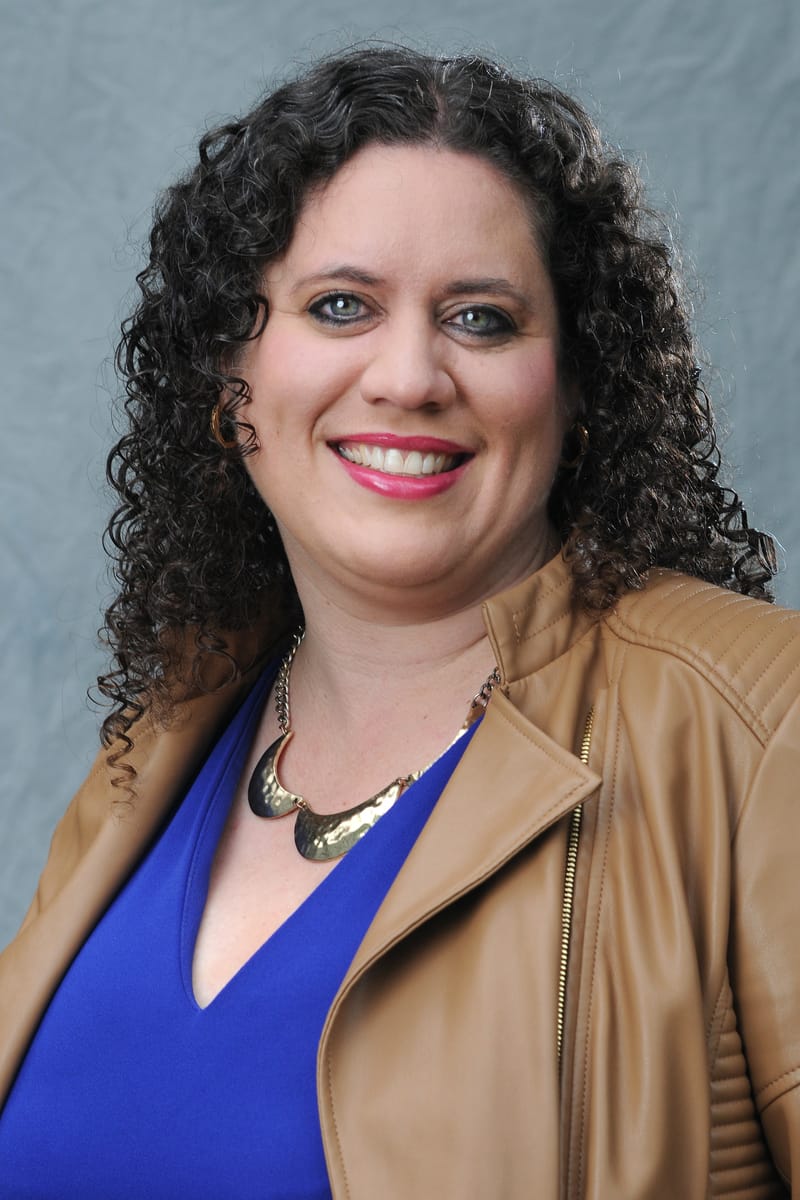What you probably already know: Women now hold more than one-third of all the science, technology, engineering and math jobs in the U.S., up from less than a quarter in 2010. However, progress has been stubbornly slow. A recent study by the Society of Women Engineers found that 35% of women with STEM degrees leave their fields within five years, often citing lack of mentorship, hostile workplace culture and work-life balance issues. While creating a culture of belonging is vital to achieving parity in the STEM fields, it’s also a matter of increasing the pipeline. For Lynne Varner, CEO of nonprofit Washington STEM, that means identifying the barriers and working to bring them down.

Lynne Varner wants to see the adults in children’s lives be as enthusiastic about their future as the kids are. Photo courtesy Washington STEM
Why? “We realized the biggest barrier is before you get inside the classroom,” Varner said. “It’s access to child care with qualified teachers, good curriculum, and a good understanding of how young learners start out.” It’s about teaching the teachers, she said. Young children are eager to learn and concepts like engineering can be imparted through play. For example, encouraging children to build a bridge over a mud puddle so their truck can get across. “There’s a dearth of those kinds of opportunities,” she said, particularly for children from lower-income neighborhoods. But it also about encouraging girls to dig in the dirt just like boys. That can mean training early learning teachers to look past gender stereotypes and build gender-neutral skills-focused programming.
What it means: By the time children who don’t have access to those kinds of early learning experiences get to kindergarten, they are already behind. Then, they might experience gender or racial bias when they get to school. Additionally, there is a significant shortage of STEM qualified teachers in the U.S. More than half of U.S. states report a deficit of STEM teachers, and that is particularly acute in lower-income school districts. That’s partially because the number of STEM graduates who choose education as their career track has been on the decline, likely as a result of the more attractive salaries in STEM careers. For a time, the U.S. looked to recruit qualified teachers from other countries, but under Trump’s immigration policies, this process has all but stopped.
What happens now? Varner’s organization did a study of young people in Washington state and found that 80% of them said they wanted to go on to some kind of post secondary education. Then, they asked the adults in their lives the same question. “The percentage dropped precipitously,” Varner said. “So it’s the adults who don’t have confidence in the students.” Young people can dream, she said, and get excited about the future. “We, the adults, have to connect their aspirations to what we’re doing for them,” Varner said.

